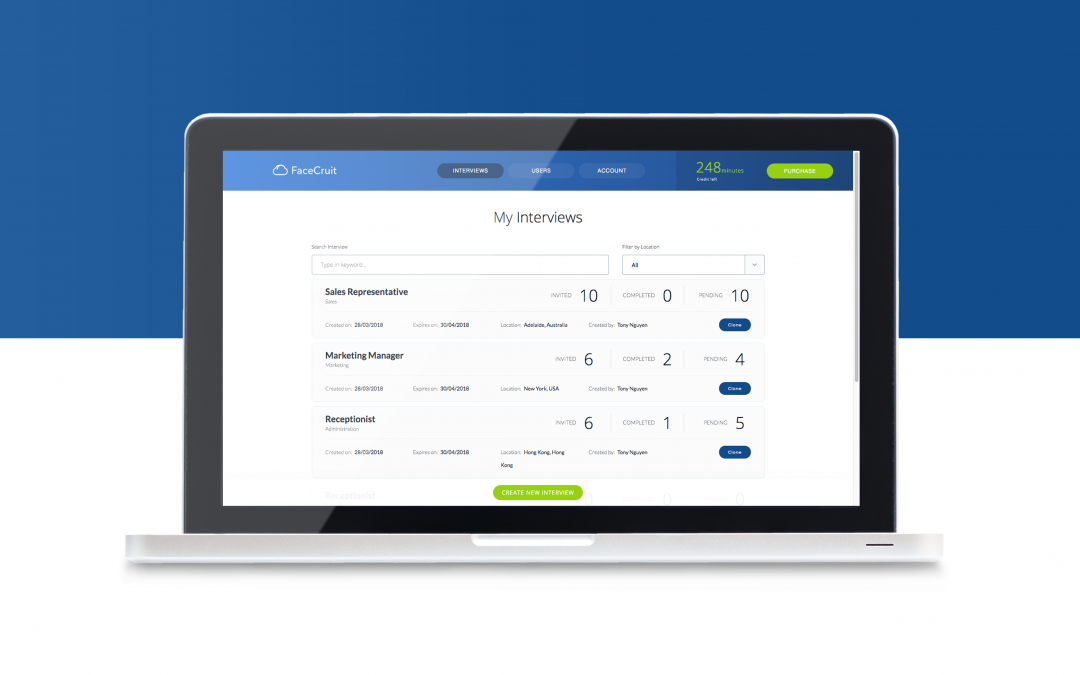No Bias Recruitment
One-way video interviewing can help to reduce bias in the recruitment process. This can be acheived by providing a standardised and objective method for evaluating candidates. Here are some ways in which one-way video interviewing can help to reduce bias:
- Standardized questions: With one-way video interviewing, all candidates are asked the same set of questions. This ensures that every candidate is evaluated on the same criteria, reducing the potential for bias based on factors such as age, gender, or race.
- Elimination of first impression bias: In traditional face-to-face interviews, candidates are often evaluated based on their first impression.One-way video interviewing eliminates this bias by allowing recruiters to focus on the content of the responses rather than the candidate’s appearance, mannerisms, or other factors that can create first impression bias.
- Anonymous screening: One-way video interviewing can be used to create an anonymous screening process where candidate names and identifying information are hidden from recruiters during the initial screening. This can help to eliminate bias based on factors such as gender, ethnicity, or education level.
- Objective evaluation: One-way video interviewing allows recruiters to evaluate candidates based on their responses to standardized questions, which can help to eliminate subjective biases based on personal preferences or impressions.
- Increased diversity: One-way video interviewing can help to increase diversity in the recruitment process by allowing candidates from different geographic locations or with different schedules to participate in the process. This can help to broaden the pool of candidates and increase the likelihood of finding qualified candidates from underrepresented groups.
Summary
Overall, one-way video interviewing can be a valuable tool for reducing bias in the recruitment process. By creating a standardized and objective evaluation process. It can help to eliminate subjective biases and increase diversity in the pool of candidates. However, it is important to ensure that the process is implemented fairly and consistently, and that candidates are given clear guidance on how to participate in the process. Telephone prescreening can be considered bias as well as the candidates may not get the same questions or responses recorded correctly.

